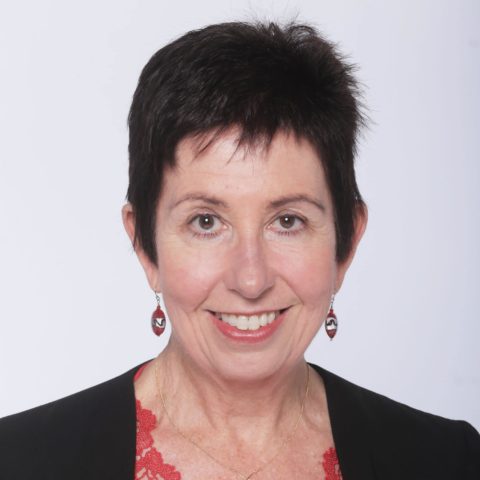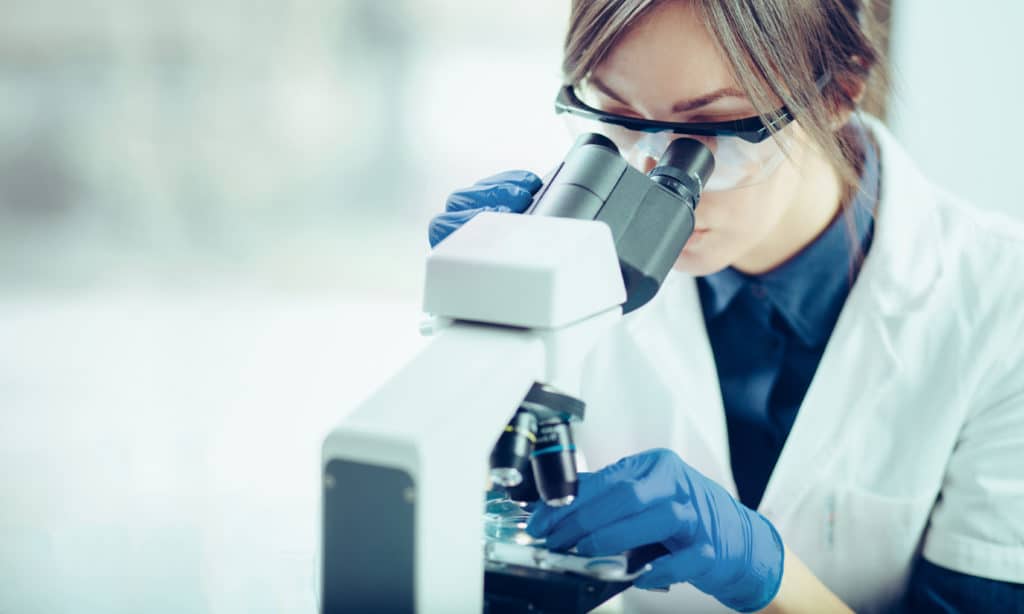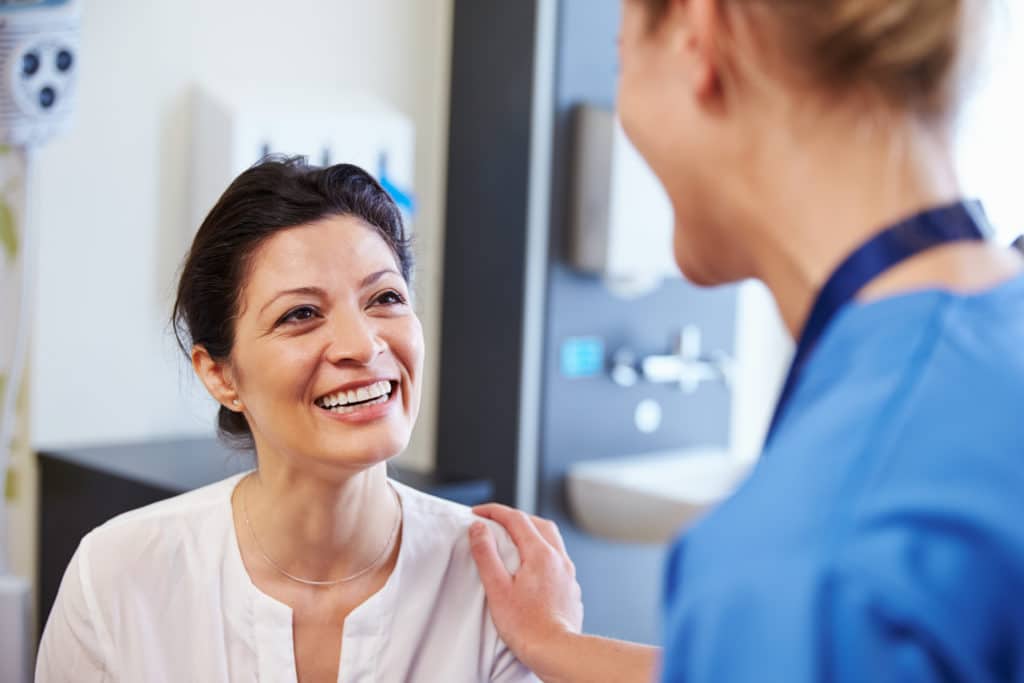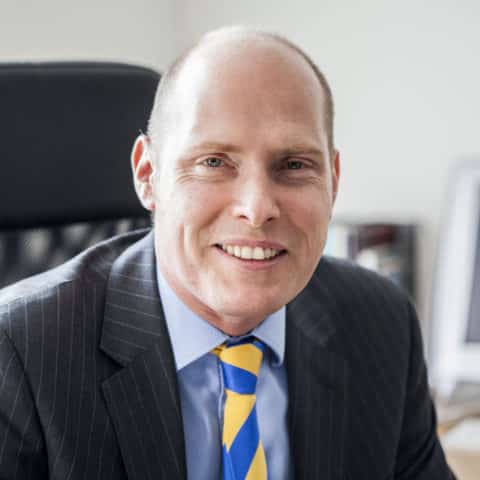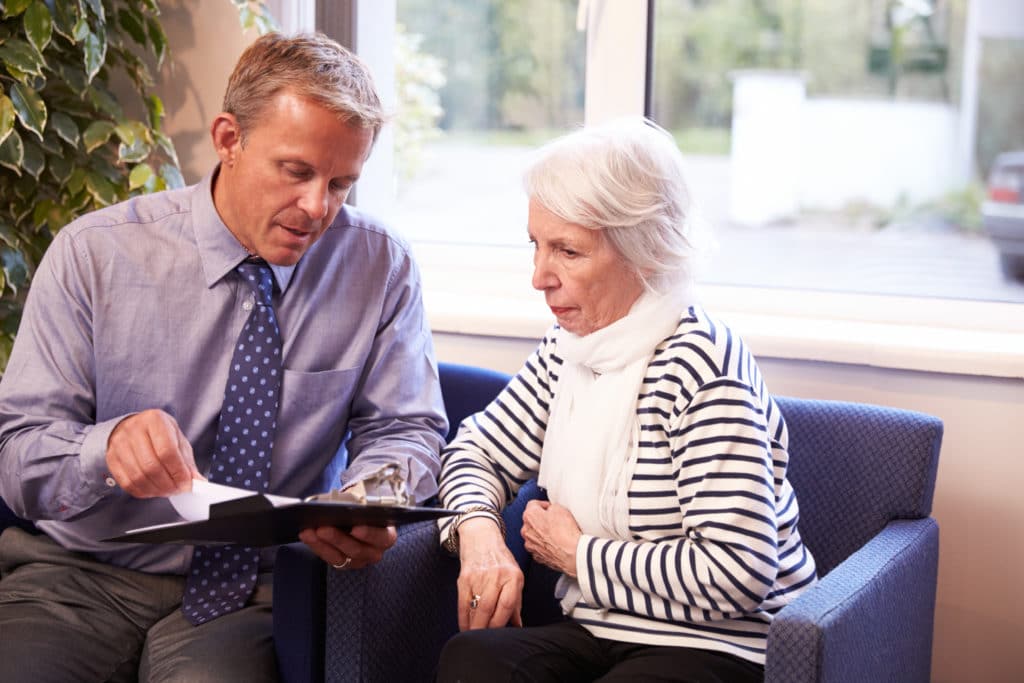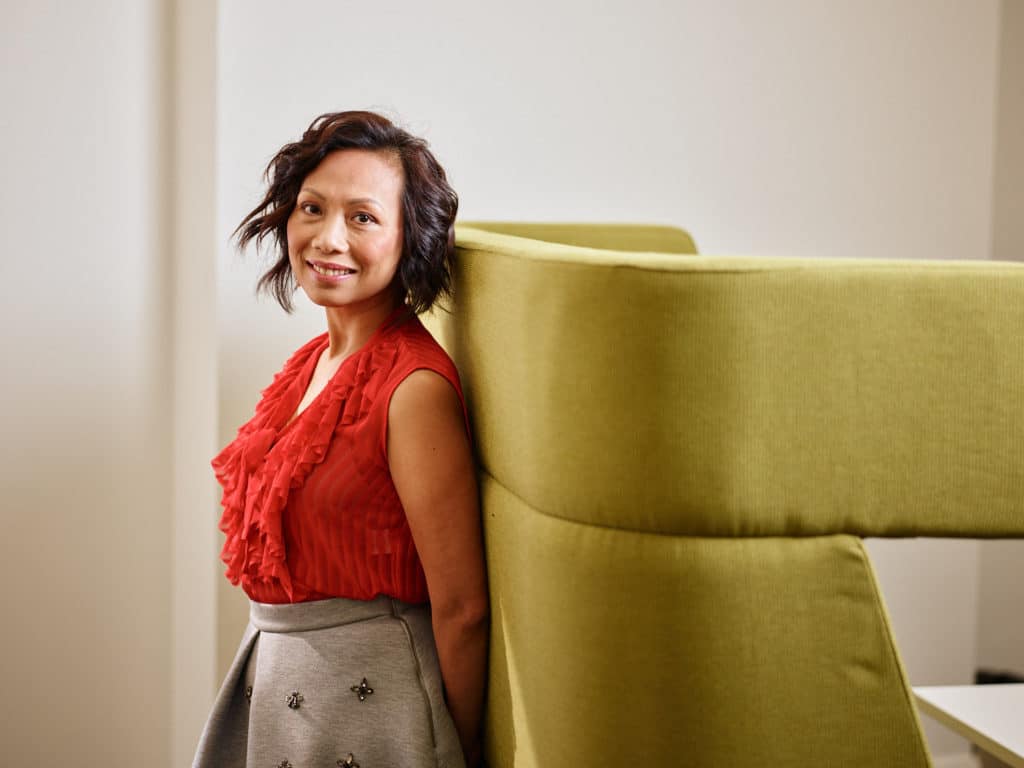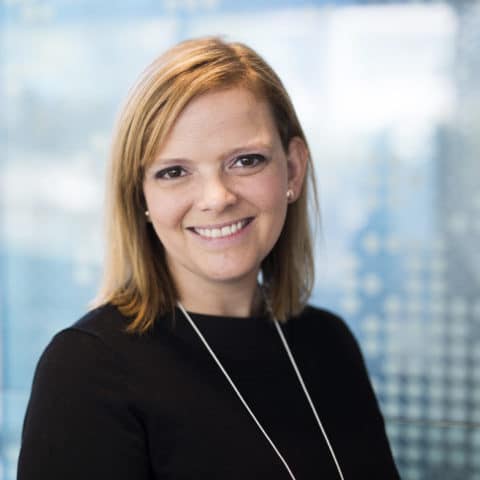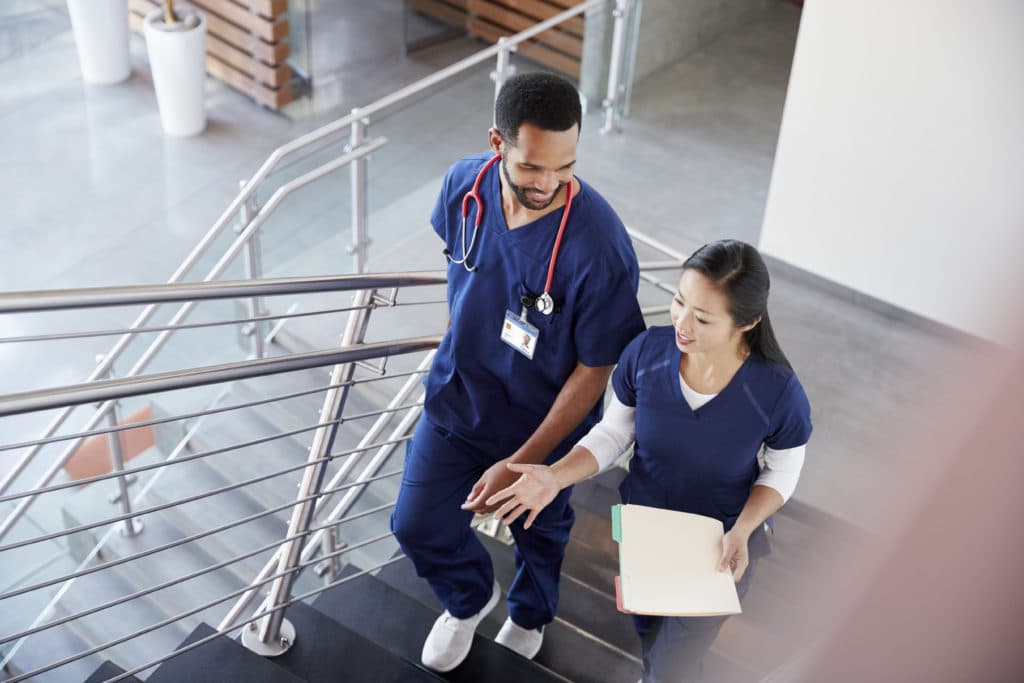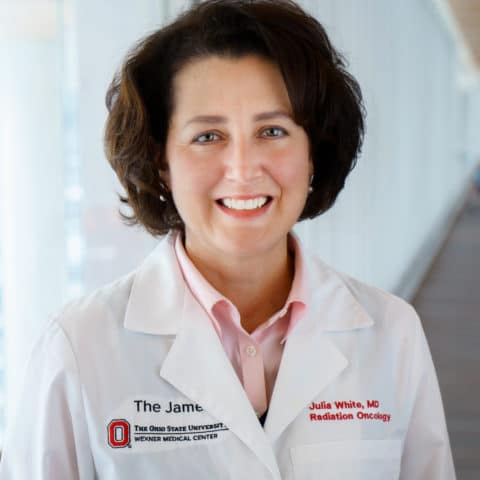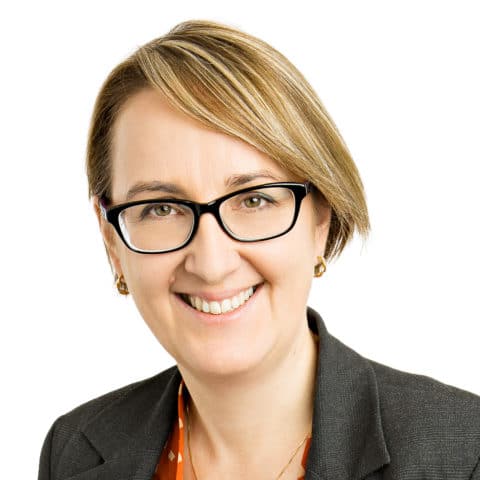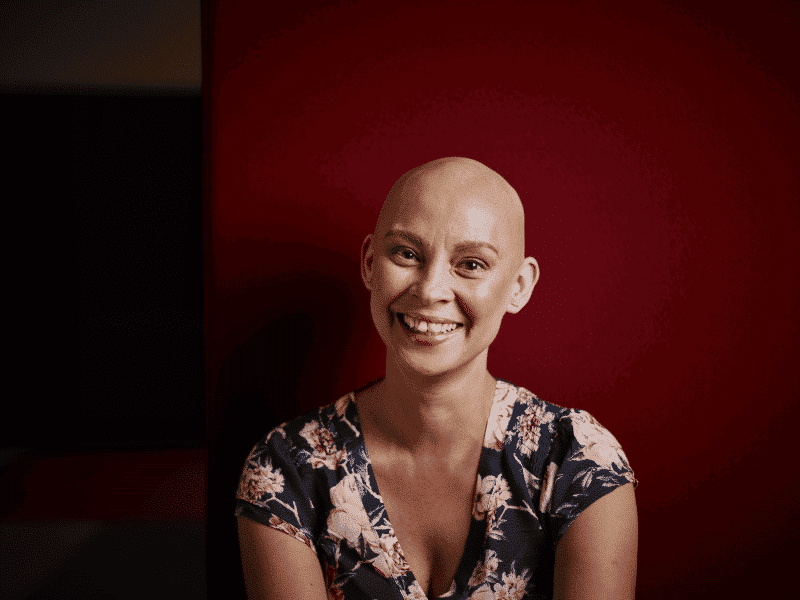SABCS Breast Cancer Trials News
The San Antonio Breast Cancer Symposium (SABCS) is one of the world’s most important breast cancer conferences. Each year, thousands of academic and private researchers, physicians and selected consumers from almost 100 countries travel to San Antonio, Texas, for a five-day symposium.
The latest breast cancer research from around the world is presented at SABCS, including research from Breast Cancer Trials (BCT). Several BCT clinical trials results were presented at this year’s conference, alongside other important breast cancer research announcements.
IBIS-II Study Finds Long-Term Preventative Benefit with Anastrozole Among Postmenopausal Women at High Risk for Breast Cancer
Long-term follow up results of the IBIS-II clinical trial showed that anastrozole maintains a preventative effect for postmenopausal women at high risk of breast cancer for at least 12 years.
The results presented at SABCS and published in The Lancet, showed seven years after trial participants last took the drug, invasive breast cancer and DCIS incidence was 49% lower than in women given a placebo, and had few side effects. This means that the rate of invasive breast cancer and DCIS can be cut in half in women who have a higher than average risk of breast cancer.
The results show that for every 29 women treated with anastrozole, one diagnosis of breast cancer or DCIS will be prevented and that the protective effects continue for at least 7 years after stopping the drug.
APHINITY Clinical Trial Shows Positive Results Preventing Breast Cancer Returning in Patients with HER2 Positive Breast Cancer
A six-year analysis of the APHINITY clinical trial shows that adding the drug pertuzumab to the standard treatment of trastuzumab (Herceptin) and chemotherapy reduces the risk of recurrence, or breast cancer returning, in patients with HER2-positive breast cancer.
After six years of follow-up, researchers found that patients who received pertuzumab had a 24% reduced relative risk of breast cancer recurrence or death compared with those who received standard chemotherapy and trastuzumab alone. It was also found that patients whose cancer had spread to the lymph nodes continue to derive greatest clinical benefit with the addition of pertuzumab to standard treatments.
While further analysis is needed for researchers to be able to tell which patients will benefit most from the treatment, the initial results are positive.
PROSPECT Clinical Trial Poster Presentation
At SABCS 2019, BCT had a poster presentation involving the PROSPECT clinical trial. This BCT-led trial aims to find out if a pre-operative breast MRI can identify women who can safely avoid radiotherapy to their breast after breast conserving surgery.
The presentation at SABCS focussed on the women who had an MRI but were not eligible for the main trial because an additional lesion was found in the same breast as the cancer was, or in their other breast.
Breast cancer or DCIS was found in 40 of the 443 patients who had an MRI, that was not seen on the more traditional mammogram and ultrasound scans. This is in addition to the cancer that was known about prior to the scan. Fortunately, only 2% (9) of patients in total needed a mastectomy due to the additional findings.
These results help to identify which patients may benefit from an MRI before surgery for early stage breast cancer. The results of the main trial, for the patients who did not receive radiotherapy, will be reported at a later date, after they have had sufficient follow-up.
Breast Cancer Trials Researchers Receive Distinguished Award
Professor Geoffrey Lindeman and Professor Jane Visvader received the Susan G. Komen Brinker Award for Distinction in Basic Science at the 2019 SABCS. This is a prestigious award and well-deserved international recognition of two BCT researchers.
Professor Lindeman’s and Professor Visvader’s laboratory studies led to the opening of the BRCA-P clinical trial – a world-first clinical trial being coordinated in Australia by BCT, which aims to prevent breast cancer in women with the BRCA1 gene mutation. Professor Lindeman is the BCT Study Chair of the BRCA-P clinical trial. BRCA-P is an international trial, conducted in collaboration with the Austrian Breast and Colorectal Study Group (ABCSG).
Other SABCS News
HER2CLIMB Study Results Show Significantly Improved Survival in Patients with Advanced HER2 Positive Breast Cancer
The addition of a new drug, tucatinib, to capecitabine and trastuzumab (Herceptin) significantly improved progression-free survival and overall survival in patients with HER2 positive breast cancer, with or without brain metastasis.
The trial results presented at SABCS showed the treatment combination reduced the risk of death by 46% compared with trastuzumab and capecitabine alone. The results also showed prolonged overall survival with tucatinib, reducing the risk of death by 34% and extending the time that patients were alive with cancer under control. Patients with brain metastases also benefited: after 1 year, 25% of those patients were alive and progression-free, compared to 0% of the patients on standard care. More patients in the tucatinib group experienced cancer shrinkage at 41% compared with 23% in the trastuzumab and capecitabine group.
Circulating Tumour DNA and Circulating Tumour Cells Could Predict Breast Cancer Recurrence in Patients with Early-Stage Triple-Negative Breast Cancer
Circulating tumour DNA (ctDNA) in the blood is a predictor of breast cancer returning in patients with early-stage triple negative breast cancer treated with surgery following neoadjuvant chemotherapy, according to research presented at SABCS. Results from a phase II study show patients with ctDNA were three times as likely to have a metastatic breast cancer recurrence, compared to those without ctDNA. This shows that ctDNA could become an important tool to be able to predict breast cancer recurrence and help researchers to identify ways to best manage the disease. While it is important to understand prognosis, the next step is to find out how that knowledge can be used to improve the outcomes of those patients who have an adverse prognosis.
Breast Cancer Trials is opening a new study in 2020 called CAPTURE, investigating ctDNA to predict benefit from a targeted breast cancer treatment. CAPTURE will be the first clinical trial to assess the role of circulating tumour DNA testing to improve outcomes for women with metastatic breast cancer.
Study Shows Early Breast Cancer Patients Could Safely Receive Less Invasive Breast Irradiation
A ten-year follow up study of patients with breast cancer who had been treated with accelerated partial breast irradiation after surgery, showed their results were similar to that of patients who received whole breast irradiation.
These results suggest radiotherapy to just part of the breast, rather than the whole breast as is usually done, may be an acceptable option for selected low-risk patients with early breast cancer.
You can learn more about de-escalating breast irradiation and why these kinds of clinical trials are important here.
Estrogen Alone and Estrogen Plus Progestin have Opposite Effects on Breast Cancer Incidence in Postmenopausal Women
A study investigating the long-term influence of estrogen plus progestin compared with estrogen alone on breast cancer rates in postmenopausal women found that different types of hormone replacement therapies had opposite effects on breast cancer incidence.
Estrogen alone significantly decreased breast cancer incidence by 23%, and the effect is long lasting, persisting over a decade after stopping use. This can only be used by women who have had a hysterectomy due to the adverse effects on the uterus. On the other hand, estrogen plus progestin use significantly increased breast cancer incidence by 29% with the effect also long lasting, continuing for over ten years after stopping use.
CORALLEEN Study Finds Patients with High-Risk Luminal B Breast Cancer Could Have Alternate Treatment with less Toxicity
The CORALLEEN phase II clinical trial investigated the efficacy of ribociclib/letrozole vs multiagent chemotherapy as neoadjuvant therapy in 106 patients with high risk luminal B stage I-III breast cancer.
The results of the surgical samples from patients showed that neoadjuvant treatment with a combination of ribociclib and letrozole has similar clinical benefits as standard chemotherapy, but with less side effects.
More clinical trials research is needed, but researchers believe it is a combination worth exploring for patients in this group. Long term disease-free and overall survival data are needed from a larger number of patients before this type of treatment can be considered to be a valid treatment option.
